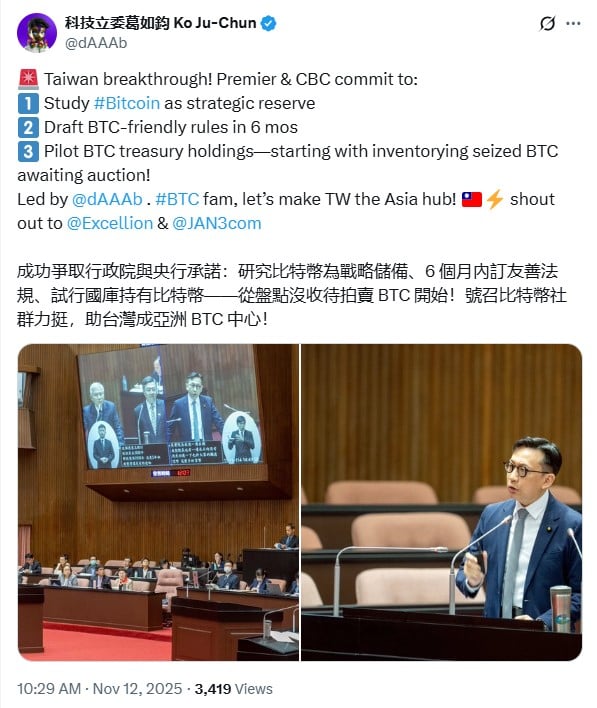EU set to present new action plan in November meetings with US trade reps
The European Union (EU) has revised its action plans, which it proposes to the U.S. for implementation of the next phase of the trade agreement reached this summer. The agreement signed in August by President Donald Trump and European Commission President Ursula von der Leyen set a 15% tariff ceiling on EU exports to the U.S.
The push for a new action plan comes as Maroš Šefčovič, the EU’s trade chief, is reportedly set to meet with his American counterparts later in November. The move to revise the action plan is in response to proposals the U.S. sent to the EU earlier this year, which requested revisions to regulations that were claimed to harm U.S. businesses.
The deal also includes pledges to continue working on addressing non-tariff barriers and issues related to steel exports. The EU is reportedly keen to ensure that it covers all U.S. industries that might be hit with future sectoral duties.
The bloc, as part of the accord, has also presented a proposal to scrap tariffs on U.S. industrial products and some non-sensitive agricultural goods. A small fraction of EU exports to the U.S. will also enjoy lower rates.
New implementation action plan seeks dialogue
The European Union’s new implementation action plan, which is yet to be shared with the U.S., reportedly seeks dialogue to address issues such as technical barriers, digital trade, standards, and other trade-related concerns. The dialogue would also explore cooperation on steel and aluminum, where the European Union hopes to work with the U.S. to curb global overcapacity.
Meanwhile, the EU still faces a 50% tariff on steel and aluminum exports, as well as their derivative products. However, the bloc wants a quota system that will allow it to receive a specified amount of the metal exports at lower rates.
The proposed plan also includes dialogue in areas like tariffs and market access, where the EU seeks lower rates for additional products, including spirits and wines. The bloc is particularly worried that the percentage of goods hit by tariffs risks hollowing out the 15% tariff ceiling agreed with the U.S.
EU envoys will be briefed on the plans later this week. U.S. Commerce Secretary Howard Lutnick is also expected to be in Brussels on November 24 to meet European Union trade ministers.
European Union expects new plan to enhance supply chain resilience
In a previous statement, the EU said it expects the implementation of the proposed action plan to enhance supply chain resilience while addressing non-market policies and practices. The U.S. and the UK will continue cooperating on export controls and investment screening.
The EU intends to buy U.S. liquified natural gas, oil, and nuclear energy products worth over $750 billion over the next three years. The bloc hopes this will contribute to reducing Russian oil and gas on the EU market. The EU also plans to invest $40 billion in U.S.-made AI chips to strengthen its technological edge. EU companies have also expressed interest in investing up to $600 billion in several U.S. sectors by 2029, boosting the existing $2.4 trillion investment.
Meanwhile, the EU promises better market access for specific non-sensitive U.S. agricultural exports worth €7.5 billion. U.S. products, including grains and nuts, soybean oil, planting seeds, and processed foodstuffs such as biscuits and tomato ketchup, will have improved access to the EU market. However, all these products will be subject to TRQs (tariff rate quotas).
The political agreement reached between Trump and Ursula on July 27 may not be legally binding. Still, it serves the European Union’s core interest in stable and predictable trade, according to the commission’s statement. At the same time, it fully respects the European Union’s regulatory sovereignty and protects sensitive areas of EU agriculture, such as poultry and beef.
Join a premium crypto trading community free for 30 days - normally $100/mo.
You May Also Like

Satoshi-Era Mt. Gox’s 1,000 Bitcoin Wallet Suddenly Reactivated

Taiwan to Pilot Bitcoin Treasury Holdings Using Seized BTC
